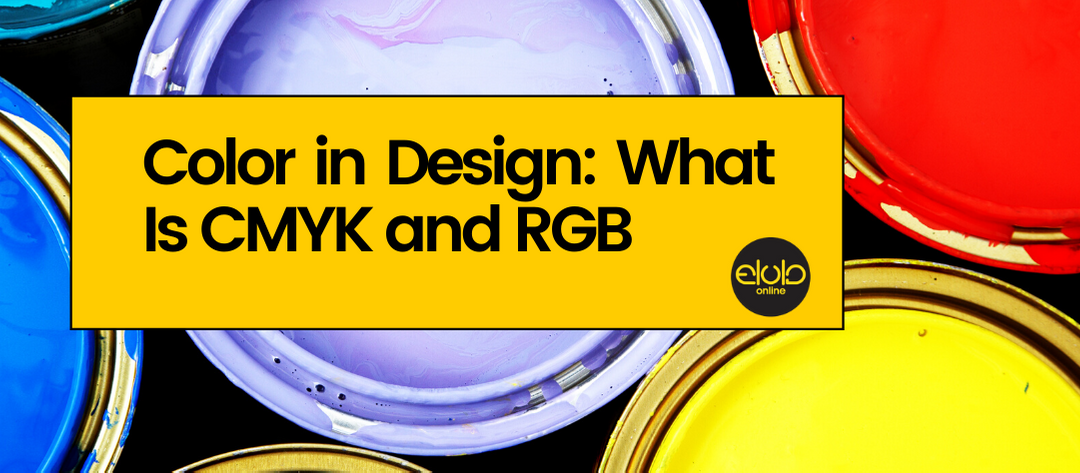Before getting into the core of the topic, let’s see a few basics on what’s colour and its perception. We could define colour as the specific wavelength of light reflected by the surface observed and captured by the human eye.
As Sir Isaac Newton discovered in the seventeenth century white light can be divided into several distinct colours ( by means of a ray of sunlight passing through a prism, after other strange experiments like passing a needle into his eye, in an attempt to understand human sight.)
Surfaces will reflect certain wavelengths and retain others, thus the wavelength reflected is the light we see on the surface. The visible light has what is called three primary colours which are red, green and blue. They are called primary because combining these three colours you can create the whole hue spectrum.
And now, the important part, what does happen when you combine all the primary colours? In visible light, if you mix them all together you get white light back, and that is the reason why visible light is known as an “Additive Color System.” If you were like me as a kid and liked mixing paints and colours and making a real mess on your clothes with them your memories will bring a contradictory concept to what I just explained, when we mixed all the paints together we didn’t get white, to our despair our painted clothes didn’t get whiter, on the contrary, they were more of a brownish, blackish colour.
Why does pigment in paints go black instead of white? Because the pigment surface retains more light than it gives back, so as we add more and more pigment, less light is returned back thus getting a black reflection. For that reason, pigments are known as “Subtractive Color Systems”
With all that said we can approach the two most known colour systems in graphic design.
- CMYK is a subtractive colour system and for that reason adequate for printing as the pigments have that subtractive behaviour. While painters use the basic colour wheel ( Red, Blue, Yellow ) as a guide to mixing colours, printing ink uses another set of primary colours: Cyan, Magenta, Yellow and Black (CMYK). In theory cyan, magenta and yellow should be able to produce black but the mix isn’t rich enough to create a vivid and wide tonal range, for that reason black is added to the mix, forming what is known as “four-colour process.” So from the designer point of view, you should use this colour system when your project was intended for print, like letterheads, business cards or other stationery.
- RGB is, on the other hand, an additive system, for that reason ideal for screen use. The combination with different percentages of Red, Green, Blue can generate the whole hue spectrum, being a 100% of each primary colour the generation of white (with the same logic 0% of each generates black). Therefore RGB is a good system when you are working in web design projects, logos for web or screen use only and any other imagery on screen.
There will be cases whereas a graphic designer you will need to provide solutions for both conditions (screen and print ) like a branding project. In those cases, I provide my client in the style guide a palette with the CMYK and RGB values that match better the colour chosen.
Article Source: https://EzineArticles.com/expert/Jordi_Riera/1422464

